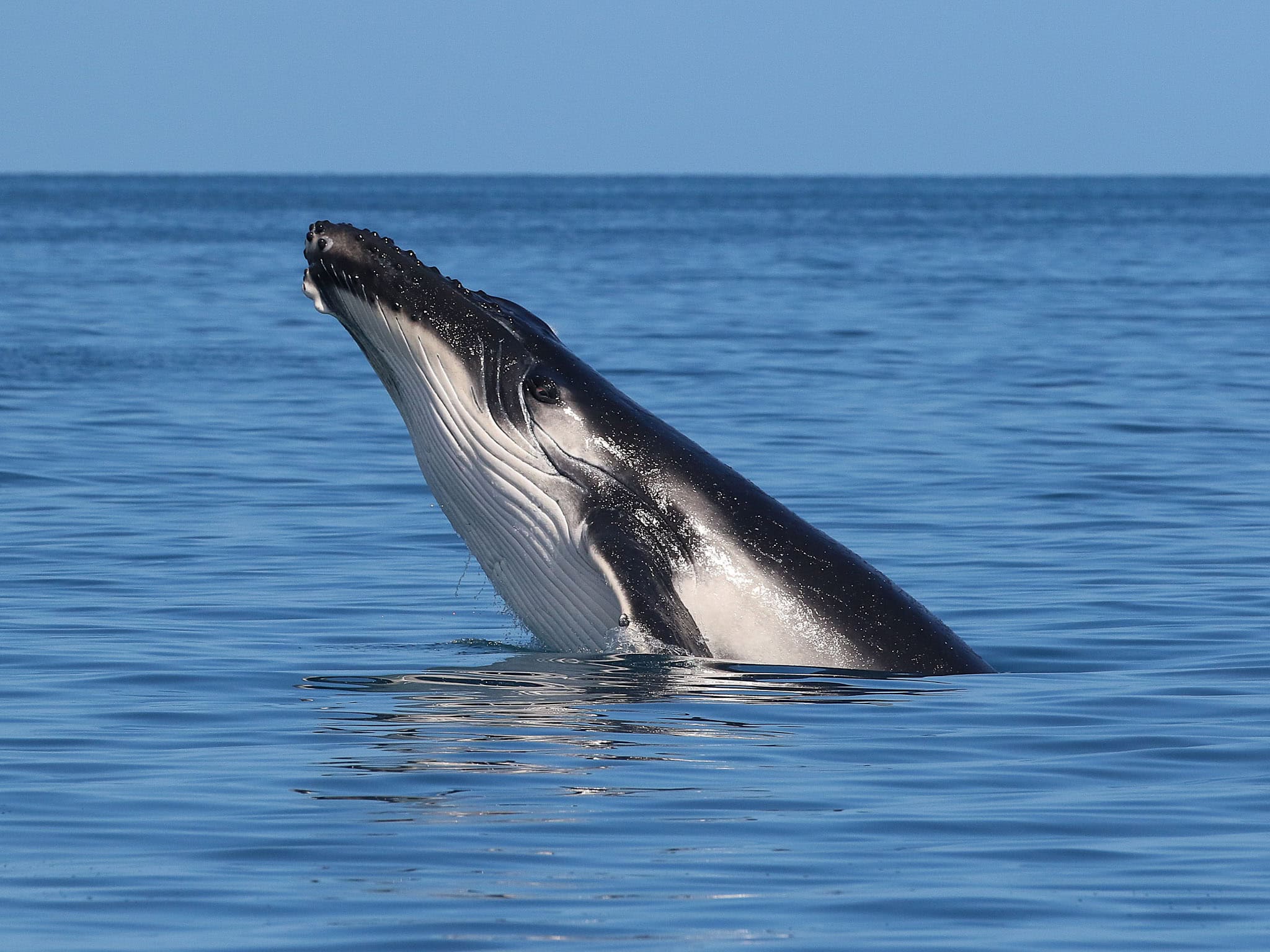Humpback Whales and Hervey Bay
Each year, thousands of humpback whales embark on a remarkable migration from the waters of Antarctica, where they have had a lovely summer feasting on krill, to the warmer seas of Australia's east coast to mate and give birth. A significant number of these majestic creatures make a notable stopover in Hervey Bay, Queensland, transforming our wonderful region into a renowned whale-watching destination.
The Migration Journey
Humpback whales undertake an extensive annual migration, covering approximately 10,000 kilometers. Each year the migration timings change, but generally we see whales travel northward along the Queensland coast between June to August reaching tropical breeding grounds. Afterward, they begin their southward journey from September to November, returning to Antarctic feeding areas. So depending on when in the season you come, you may see the whales coming or going!
At Tasman Venture we run our whale watching tours from mid-July to end of October.

Why Hervey Bay?
Several factors contribute to Hervey Bay's significance in the humpback whale migration:
-
Resting and Socializing: Hervey Bay's sheltered waters provide a tranquil environment for whales to rest and engage in social behaviors. This pause is crucial for mothers with newborn calves, allowing them to nurture and prepare their young for the long journey ahead. According to a recent research paper "Hervey Bay is not simply a resting site but an area of aggregation that serves important social and biological benefits." (Frontiers)
-
Calf Rearing: The bay offers a safe haven for mothers to care for their calves. The calm waters facilitate nursing and bonding activities, essential for the calves' development. It also gives a chance for the calves to learn about their surroundings. We have experienced many times over the years mothers encouraging their calves to interact with our boats.
-
Geographical Advantage: Located along the eastern coastline, Hervey Bay's position provides a convenient stopover during the whales' southern migration, offering protection from predators and human disturbances.

Conservation and Tourism
Although humpback whales are now revered by so many of us, that wasn't always the case in Australia. Between the years of 1949 and 1962, Australian whalers killed approximately 8,300 humpback whales off the east coast. It was almost too late when the International Whaling Commission banned humpback whaling in the Southern Hemisphere in 1963, as the population had already decreased to an estimated 3.5–5% of pre-whaling abundance.
This is one of the reasons it's so important for us to not only get to see the beauty of these creatures with the only intent being to observe, but to learn about them as well.
We take our responsibilities as a tour operator extremely seriously and follow by all rules and guidelines set out by the Australian Government. We are a family owned and run business who want to make sure that all of our families are getting to experience these beautiful creatures for many generations to come.
Share this on social media
